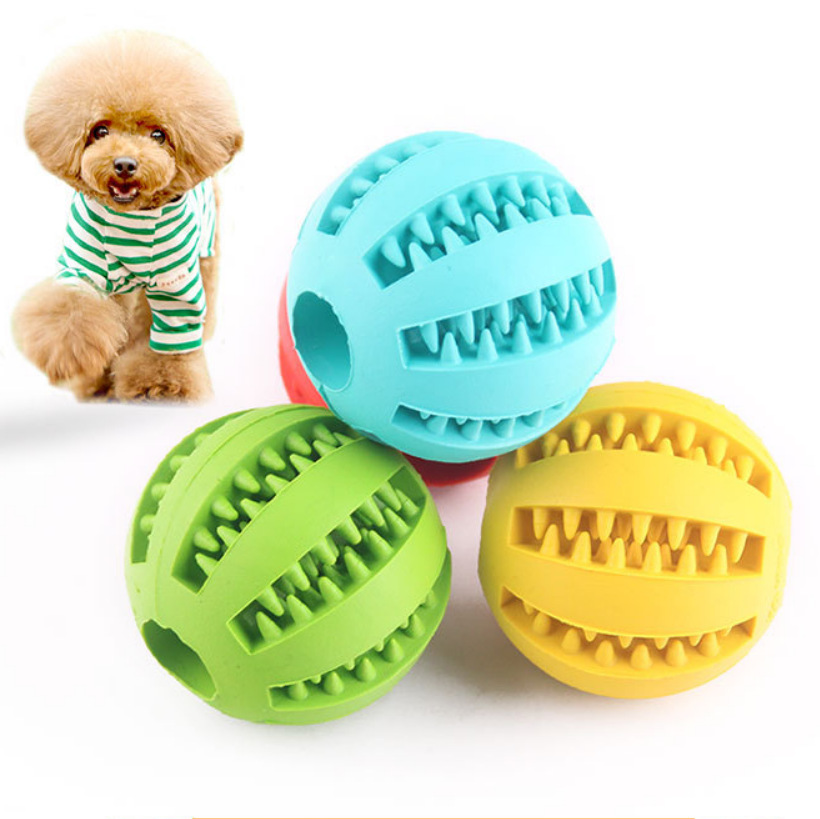As the pet economy thrives, consumers increasingly demand higher safety and environmental performance from pet products.
Different countries and regions have established varied quality regulations, requiring businesses to precisely navigate compliance requirements to gain market trust.
Below is a comparative analysis of key global markets’ quality and safety standards:
I. Europe & the U.S.: High Standards for Comprehensive Safety
As mature markets, Europe and the U.S. enforce multi-layered regulations to ensure end-to-end safety from production to after-sales:
1.Material Traceability: Suppliers must provide authoritative certifications (e.g., FDA-approved materials), banning raw materials containing heavy metals or allergens.
2.Production Compliance: The EU’s EN71 standard mandates rigorous testing for pet toys’ mechanical strength and small-part detachment risks, while the U.S.
CPSC requires flame-retardant compliance for pet bedding.
3.After-Sales Assurance: “No-questions-asked” return policies and rapid customer service systems are enforced.
Case Studies: The EU’s REACH regulation strictly controls chemical additives, requiring pet grooming products to pass skin irritation tests.
California’s Proposition 65 mandates labeling for potential carcinogens in products.
II. China: Evolving Localized Standards
With rapid market growth, China’s regulatory framework is aligning with global benchmarks:
1.Certification Systems: Mandatory GB/T certifications (e.g., GB/T 30402 for pet food container safety) and encouragement of ISO 9001 quality management certification.
2.Green Transition: Promotion of biodegradable toys and eco-friendly packaging, with pilot “carbon footprint labeling” initiatives in select regions.
3.E-Compliance: Major platforms require third-party test reports (e.g., SGS toxicological data).
Policy Update: Starting in 2023, the Pet Feed Management Regulations introduced stricter limits on microbes and heavy metals, pushing companies to optimize supply chains.
III. Asia-Pacific & Emerging Markets: Diverse Regulatory Needs
1.Japan & South Korea:
Japan’s Pet Safety Act restricts formaldehyde levels and color fastness in pet apparel.
South Korea’s KPS certification requires pet smart devices to pass electromagnetic compatibility (EMC) testing.
2.Southeast Asia & the Middle East:
Cultural adaptations (e.g., alcohol-free pet cleaners in Islamic countries).
Designs emphasizing heat resistance and moisture-proof features for tropical climates.
Strategies for Global Market Entry
1.Targeted Compliance: Align product design with core regulations (e.g., EU REACH, U.S. ASTM F963) to avoid redundant certification costs.
2.Local Partnerships: Collaborate with regional labs for preemptive testing to address regulatory shifts (e.g., Australia’s upcoming limits on phthalates in pet toys).
3.Transparent Marketing: Clearly display compliance certifications on packaging and product pages to build consumer trust.
Conclusion
The global pet product market is shifting from “price competition” to “quality competition.” Companies that deeply understand regional standards and build agile supply chains will seize opportunities in the booming “pet economy,” securing long-term success.
(This article is based on public policies and industry practices. For specific compliance details, refer to the latest official regulations.)
Post time: Apr-10-2025






